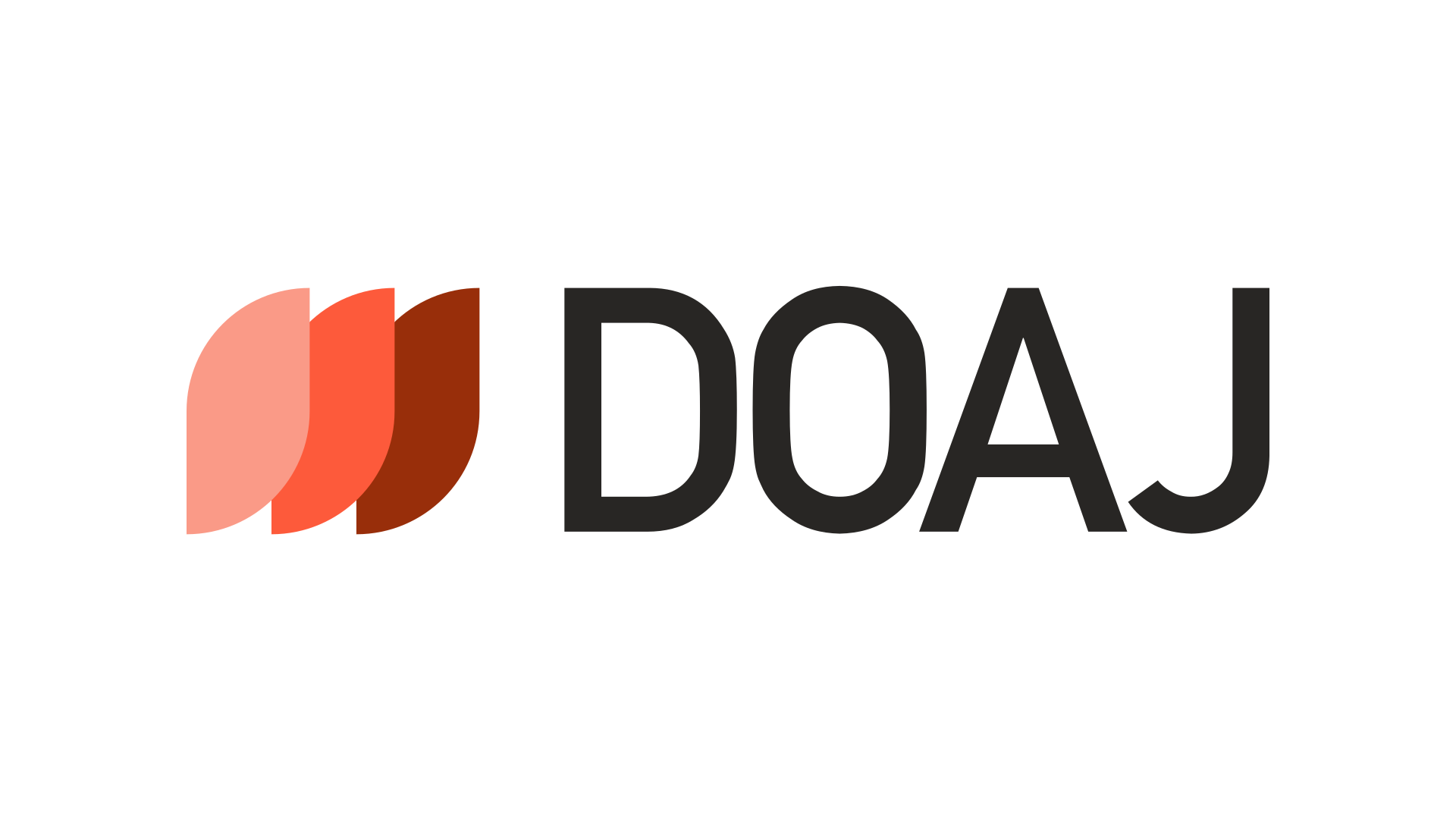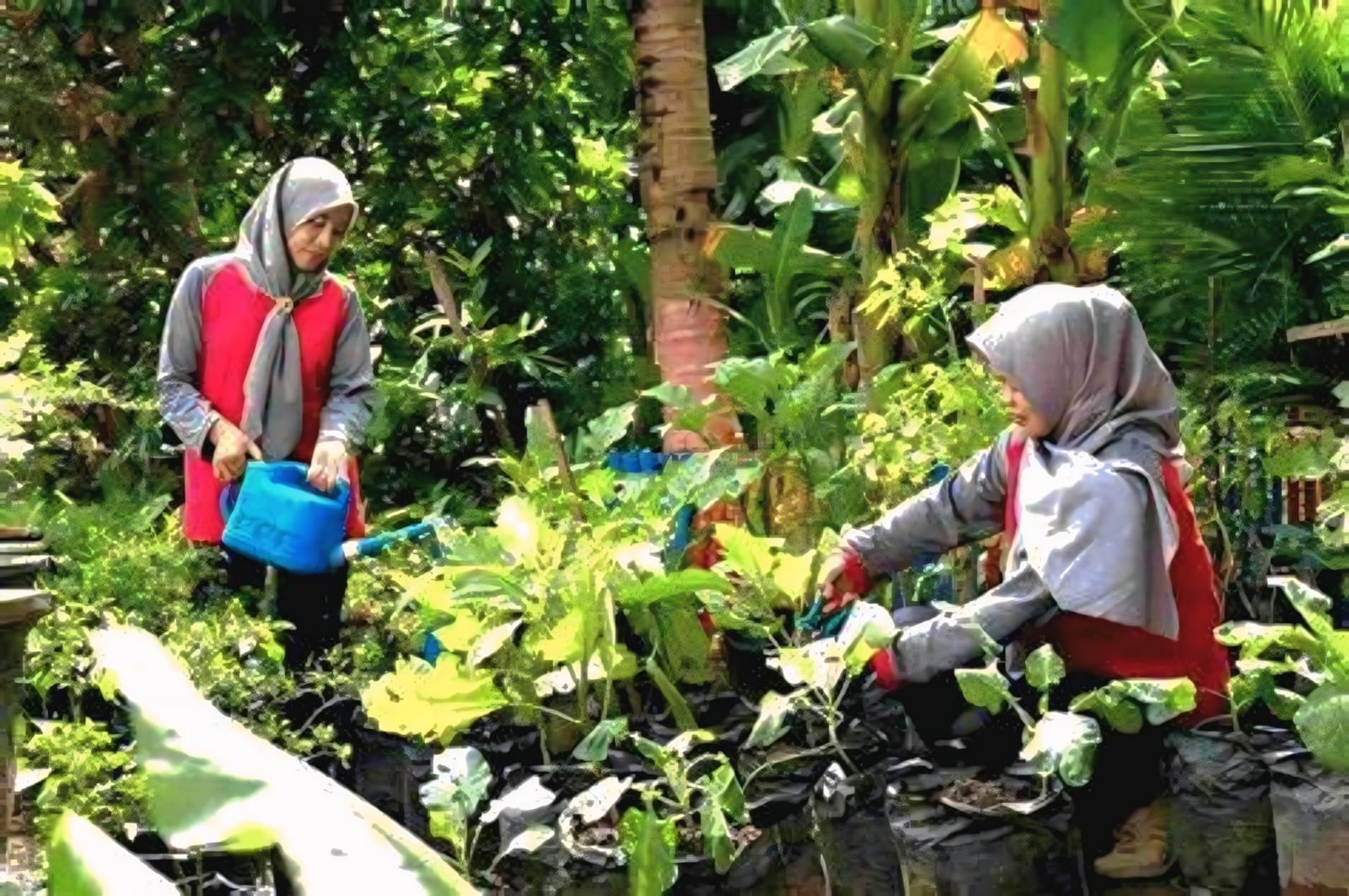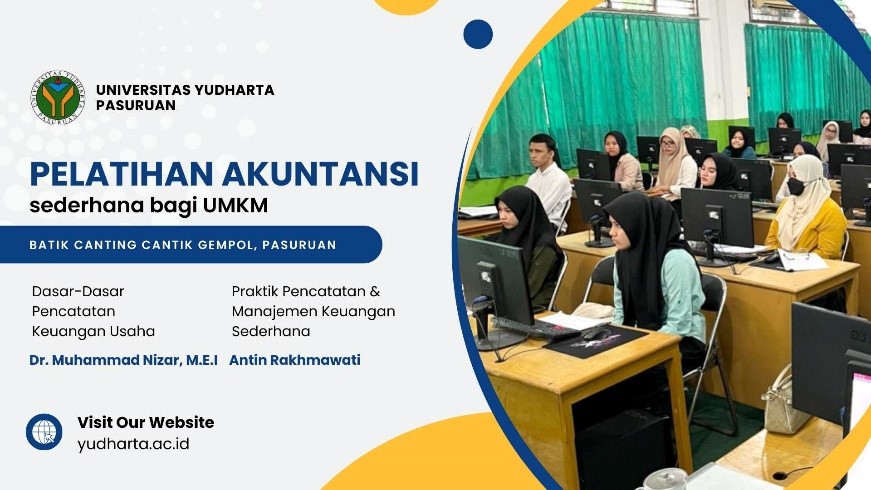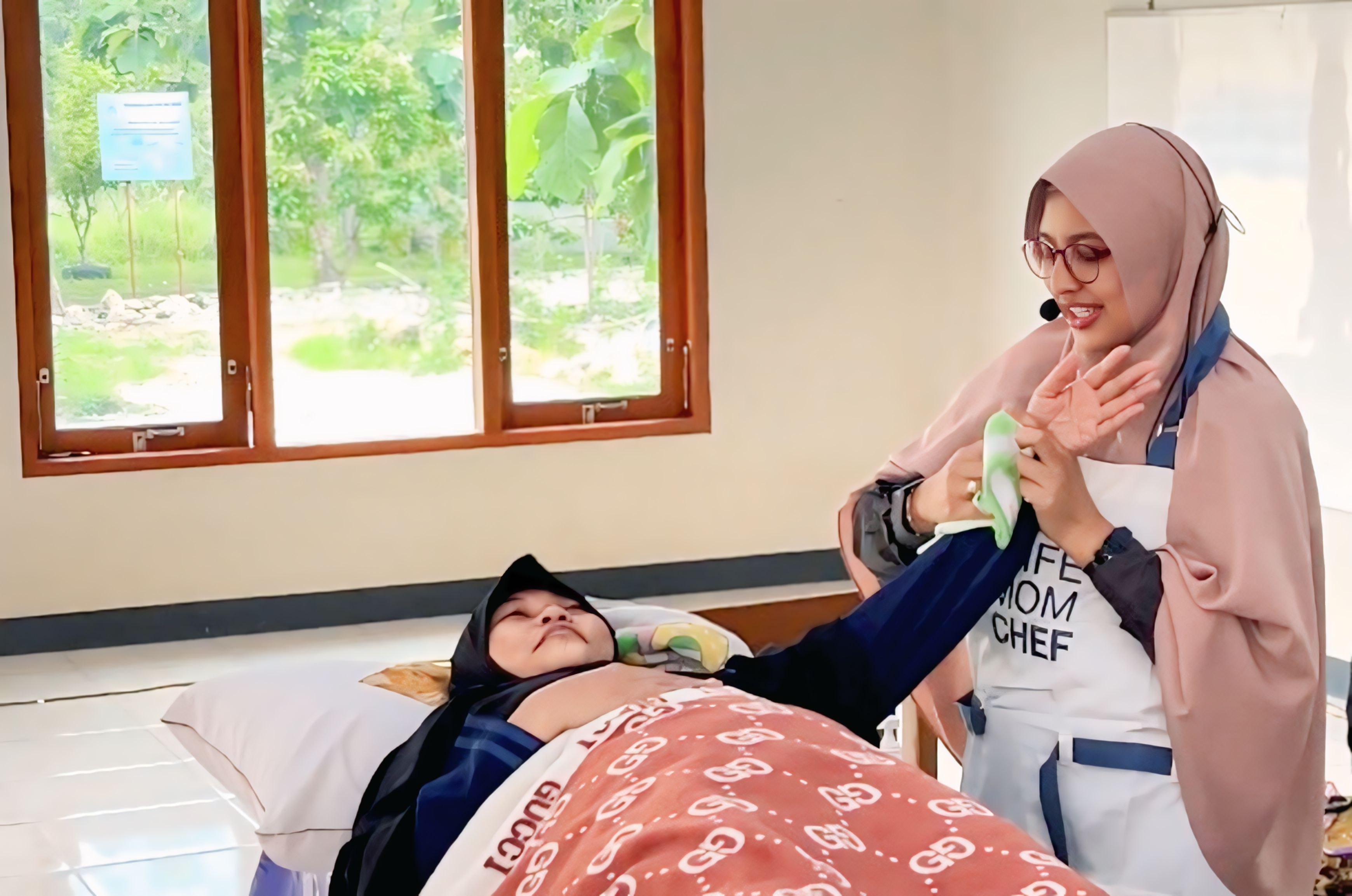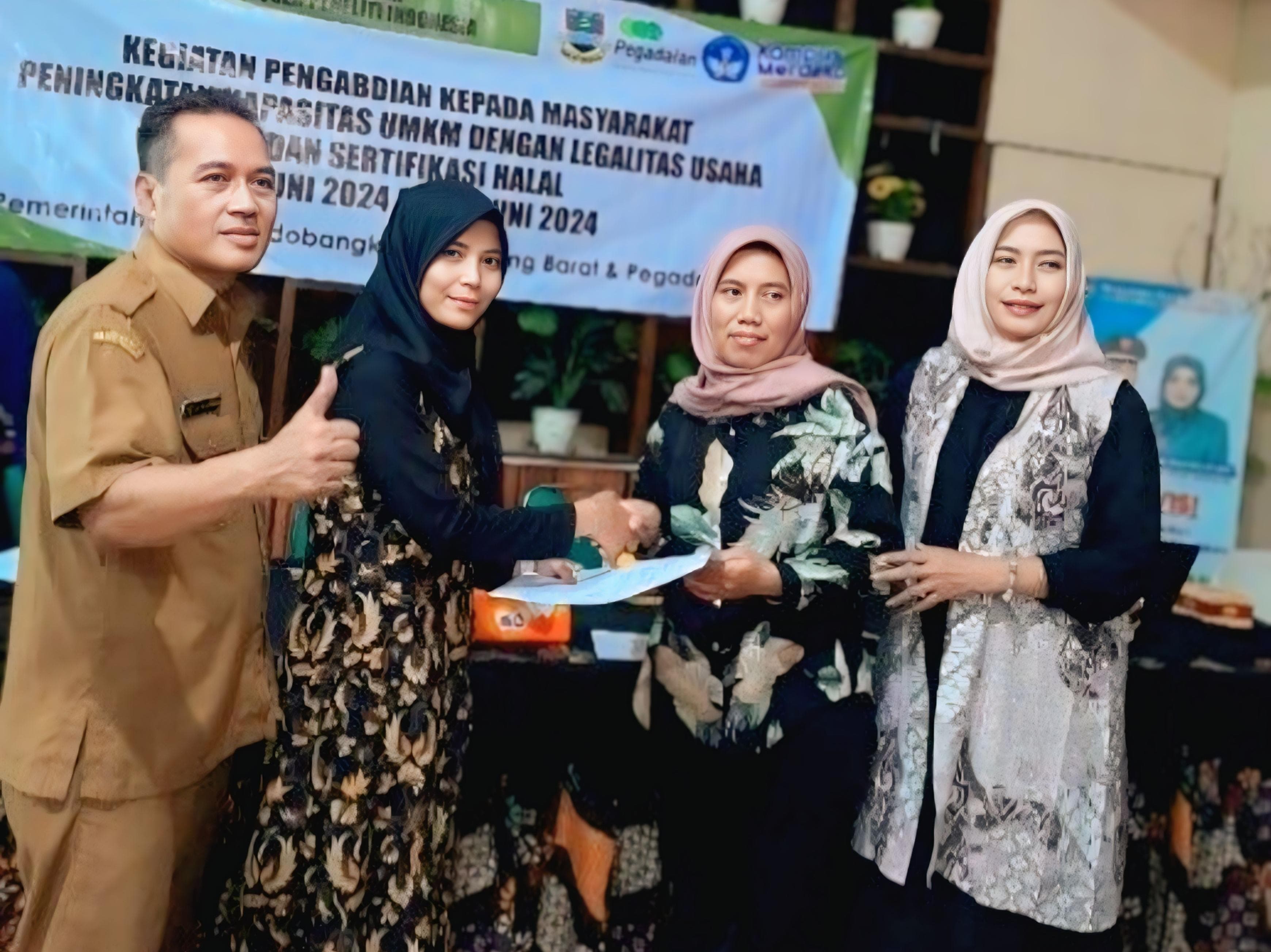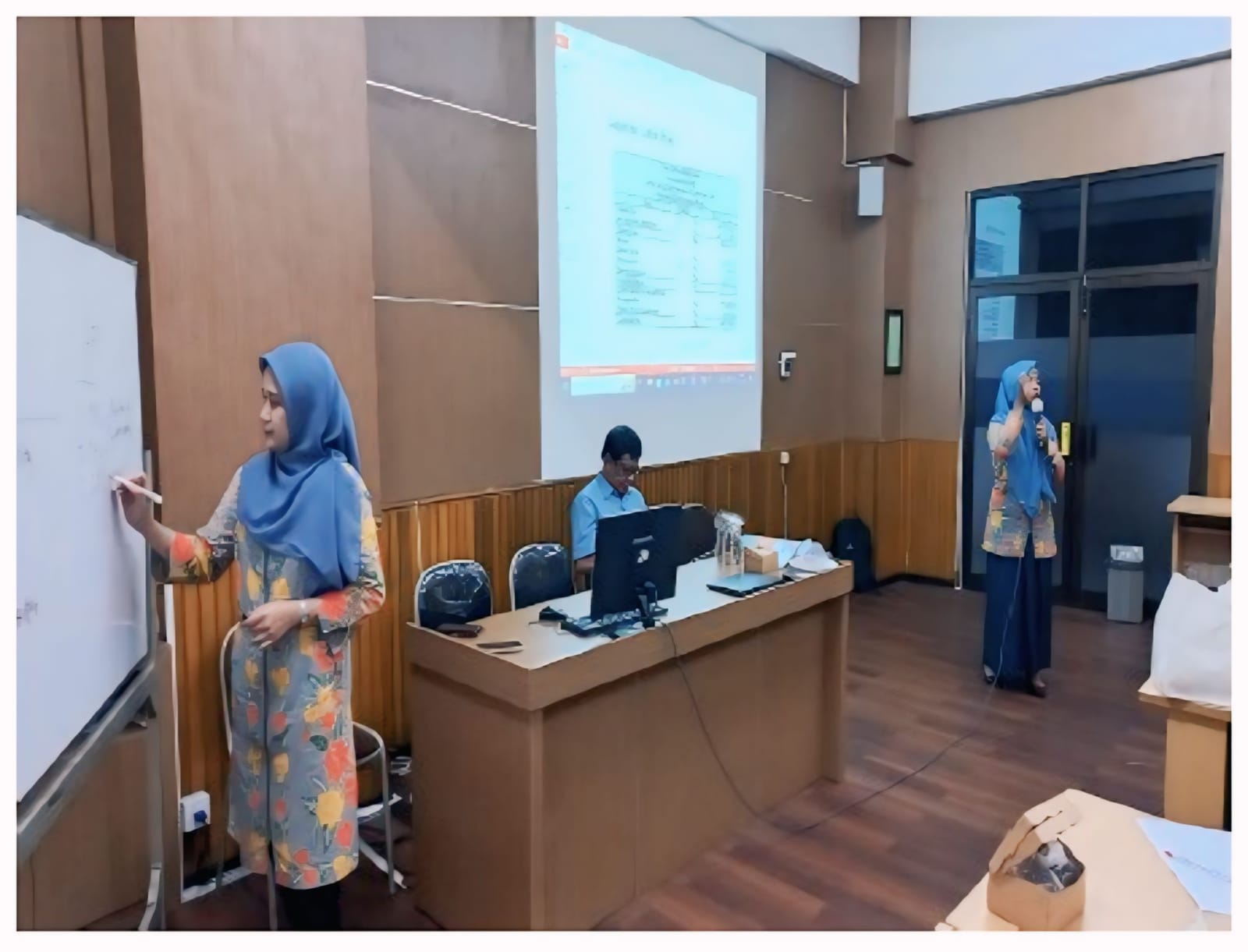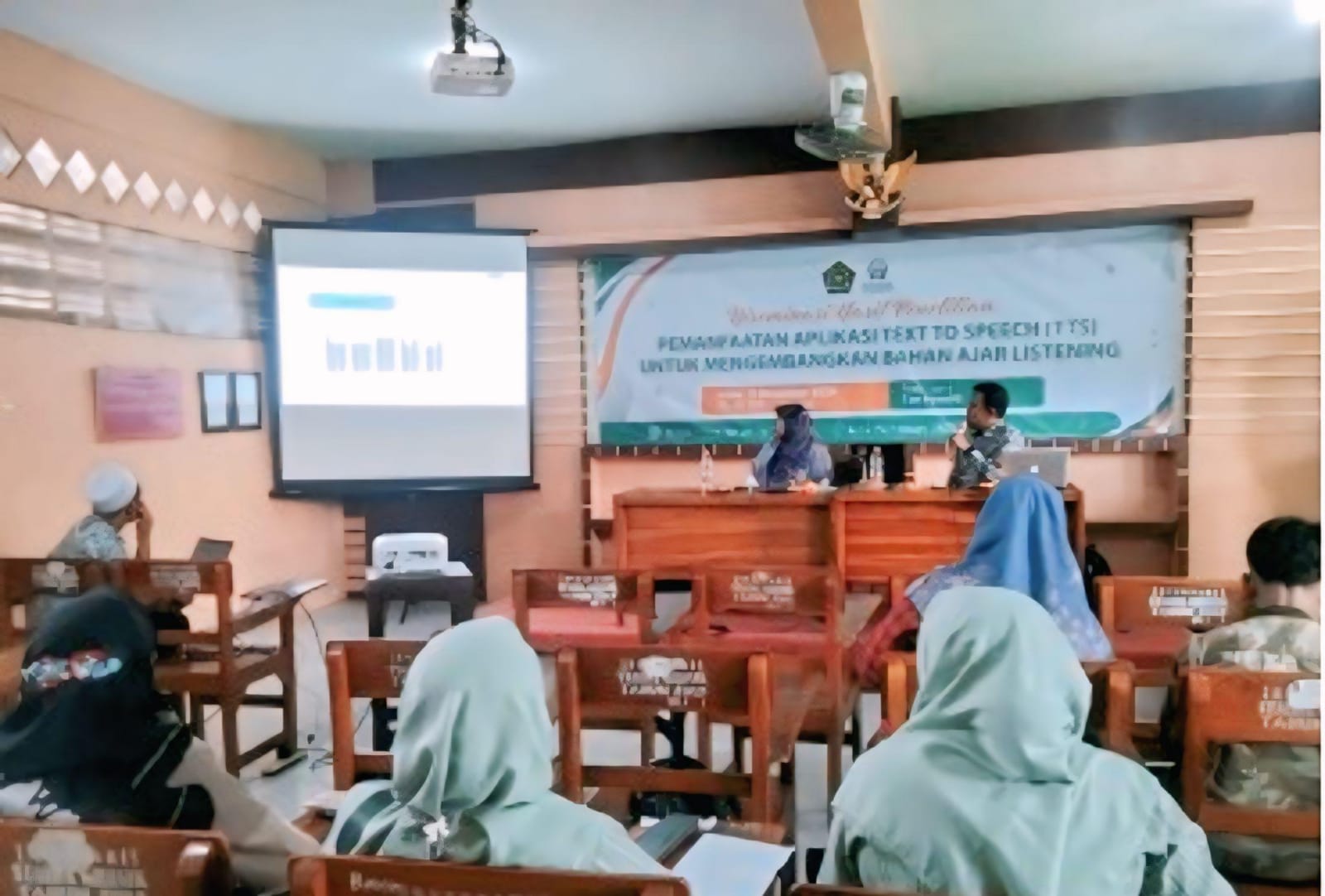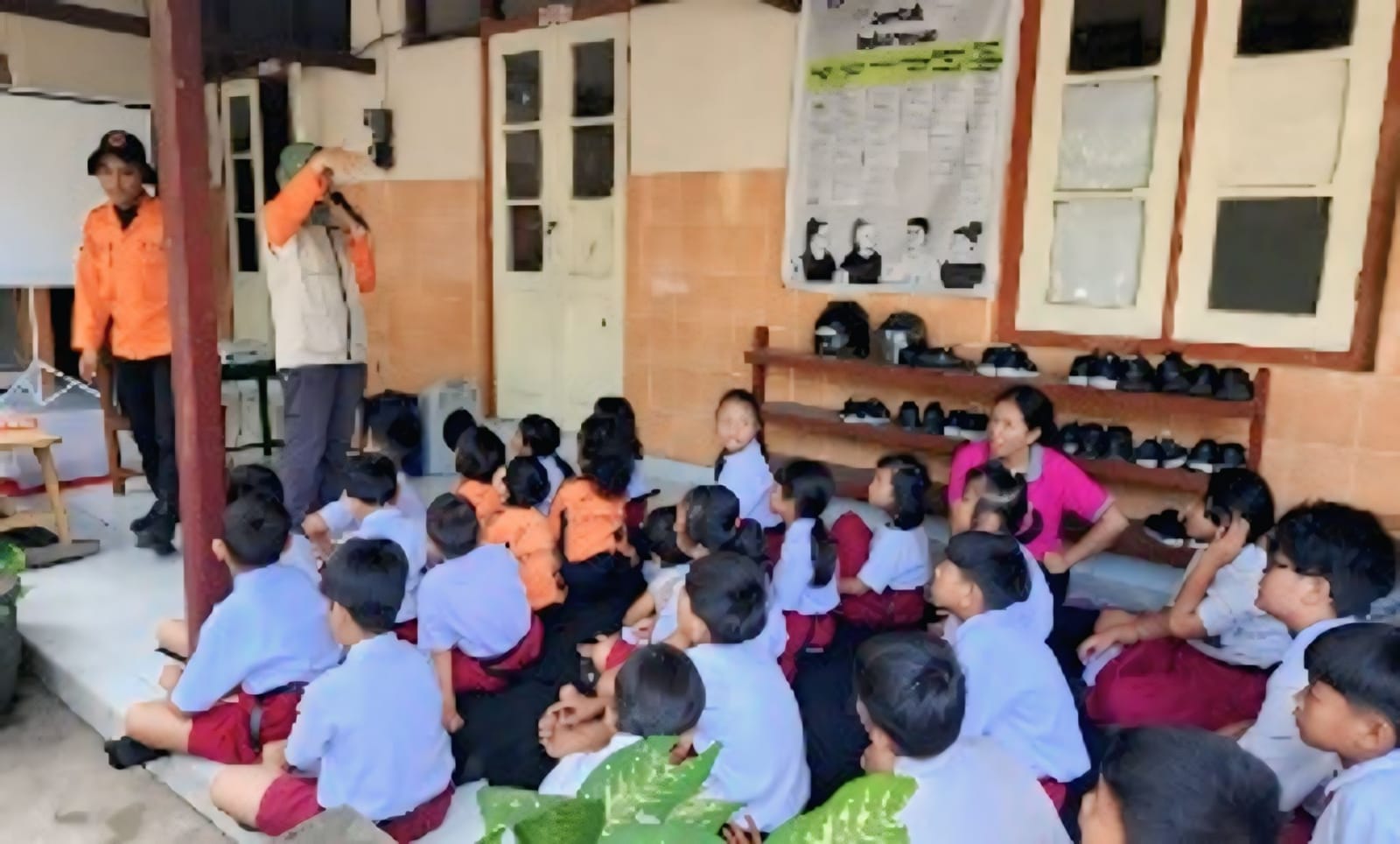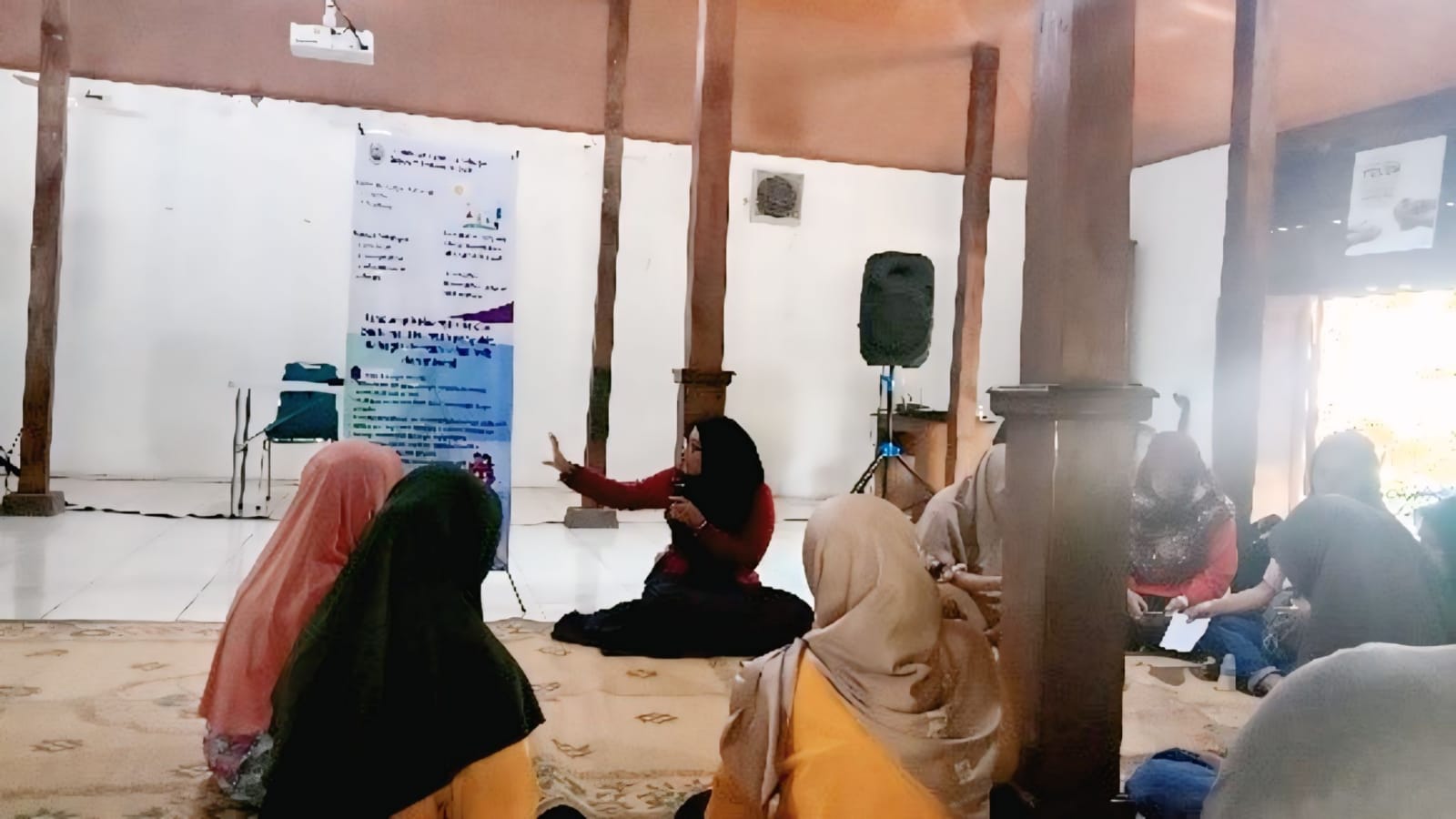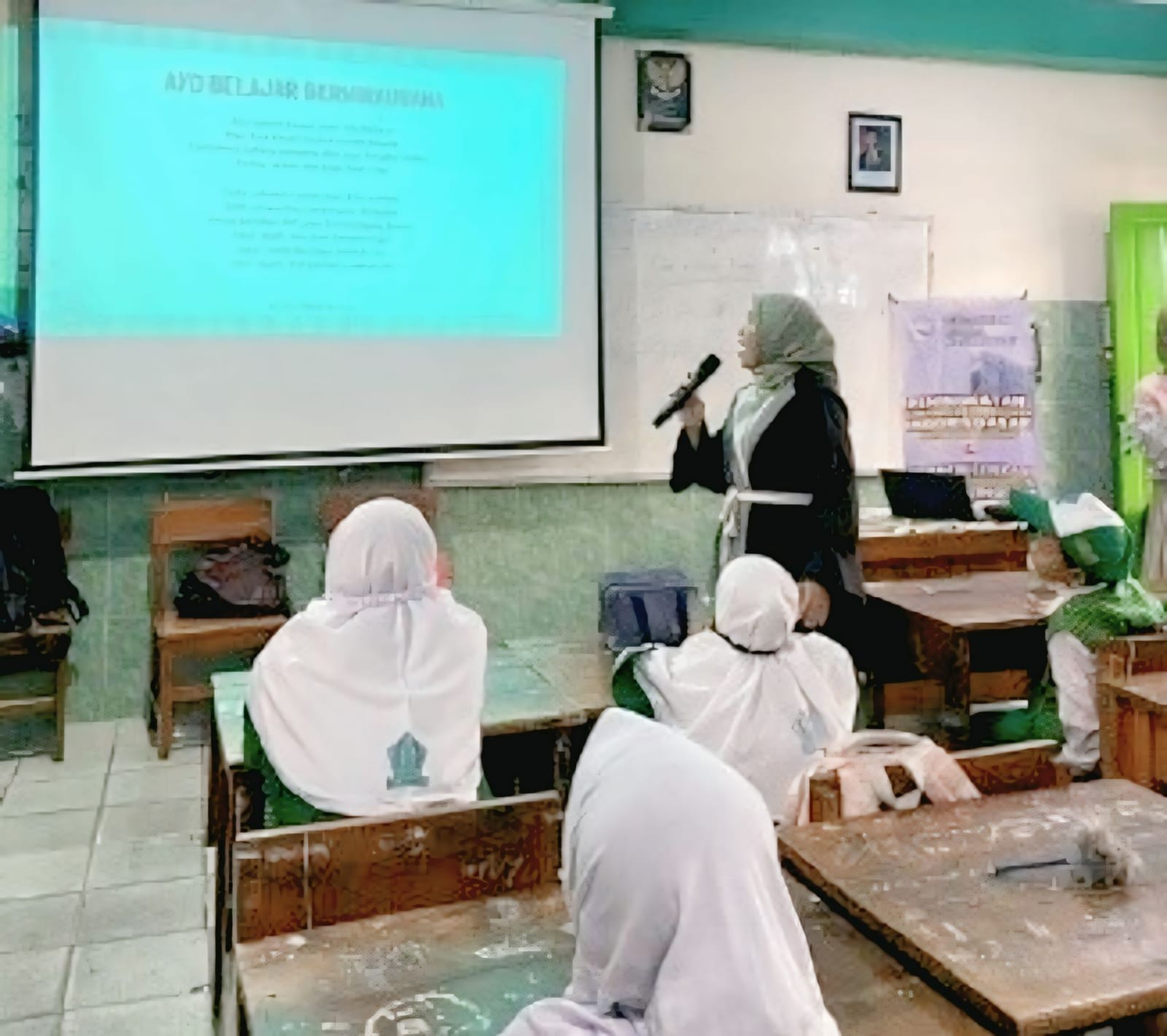DEVELOPING ARTICULATE STORYLINE MEDIA FOR REPRODUCTIVE HEALTH EDUCATION
PENGEMBANGAN MEDIA PEMBELAJARAN ARTICULATE STORYLINE BERMUATAN EDUKASI KESEHATAN REPRODUKSI
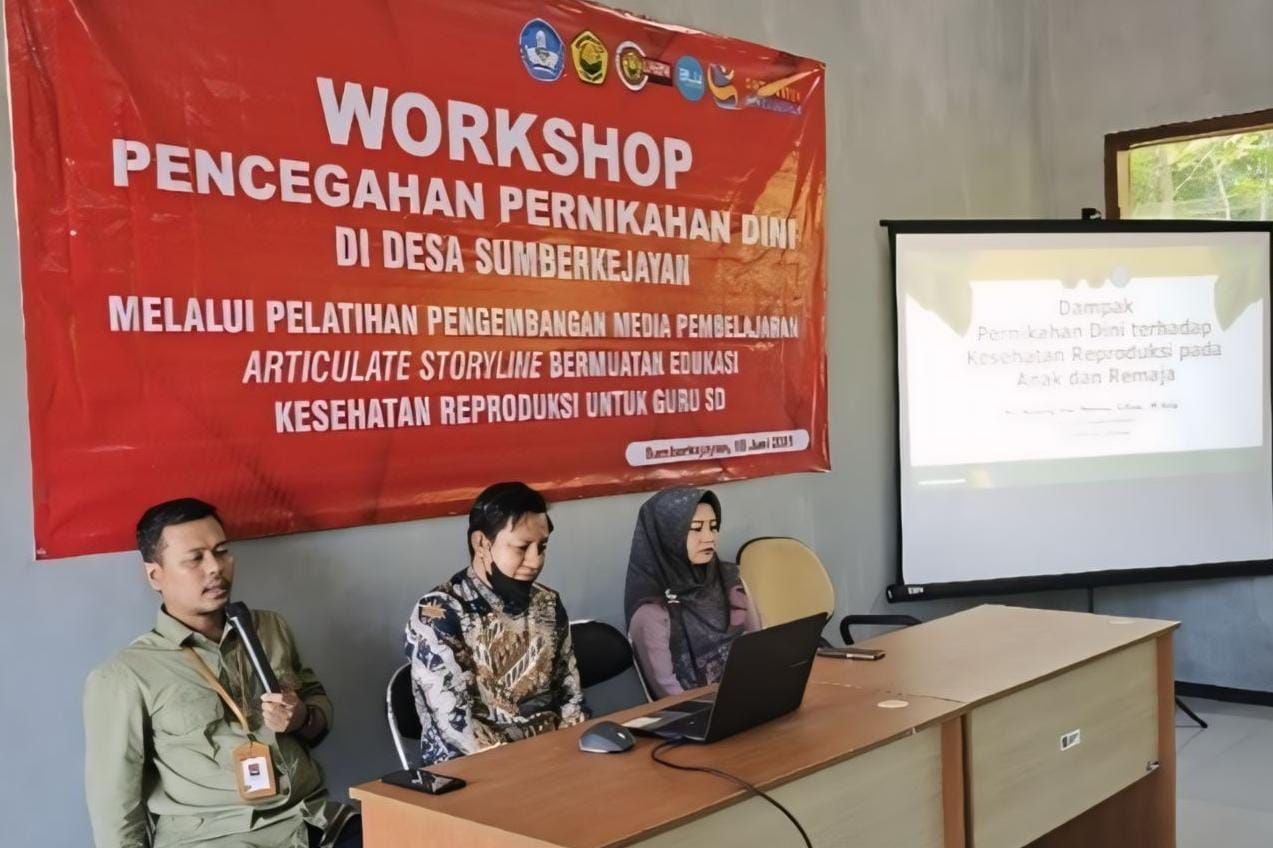
Downloads
Background: The rate of child marriage in Jember Regency, particularly in Sumberkejayan Village, remains high and continues to negatively affect children’s physical, psychological, social, and economic well-being. Comprehensive reproductive health education from the elementary level is crucial; however, teachers often face limitations in delivering this material through engaging and context-appropriate media. Objective: This program aimed to develop and evaluate the effectiveness of interactive learning media using Articulate Storyline to improve elementary students’ understanding of reproductive health and to strengthen teachers’ competence. Method: The program employed a Research and Development (R&D) design following the ADDIE model. A total of 112 students from four elementary schools in Sumberkejayan Village participated. The instrument consisted of 10 Likert-scale items (1–5) administered as pre- and post-tests, and the results were analyzed using the N-gain score. Results: The effectiveness test yielded an average N-gain score of 0.66 (moderate category), demonstrating a significant improvement in students’ understanding. Teachers also reported increased competence in developing and applying interactive media. Conclusion: The use of Articulate Storyline proved effective as a technology-based tool for reproductive health education in elementary schools and enhanced teachers’ pedagogical competence. This program offers a preventive and educational strategy to help reduce the incidence of child marriage through innovative, interactive learning.
Copyright (c) 2025 Fathan Fihrisi, Nuning Dwi Merina

This work is licensed under a Creative Commons Attribution-NonCommercial-ShareAlike 4.0 International License.
- The Author(s) hold the copyright of the article without restrictions
- Darmabakti Cendekia allows the author(s) to retain publishing rights without restrictions.
- The legal formal aspect of journal publication accessibility refers to Creative Commons Atribution-Non Commercial-Share Alike 4.0 (CC BY-NC-SA), implies that publication can be used for non-commercial purposes in its original form.



